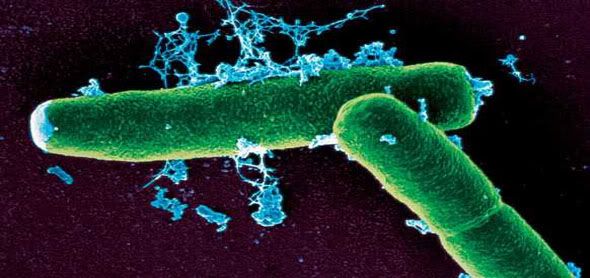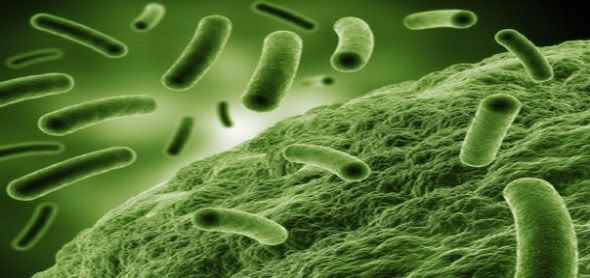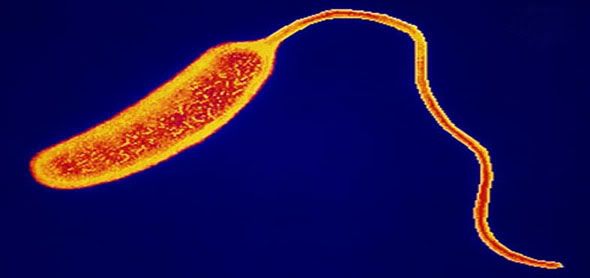"Bacteria resistant surfaces could be used in hospitals to prevent the spread of superbug infections on stainless steels surfaces, as well as in medical equipment, for example, instruments and implants. They would also be of use to the food industry and in domestic kitchens," it added.
Researchers said the antibacterial properties of the stainless steel did not wither even after cleaning the treated instruments 120 times.
"Previous attempts to make stainless steel resistant to bacteria have not been successful as these have involved coatings which are too soft and not hard-wearing. Thin antibacterial coatings can be easily worn down when interacting with other surfaces, which leads to a low durability of the antibacterial surface," said Hanshan Dong, professor of Surface Engineering at the University of Birmingham.
"Our technique means that we avoid coating the surface, instead we modify the top layers of the surface," Dong added.Read more at










